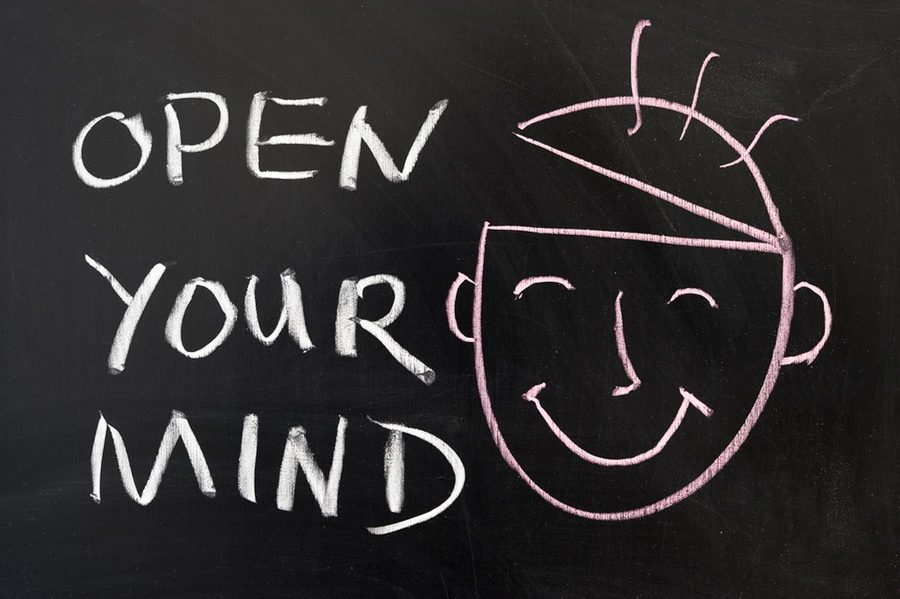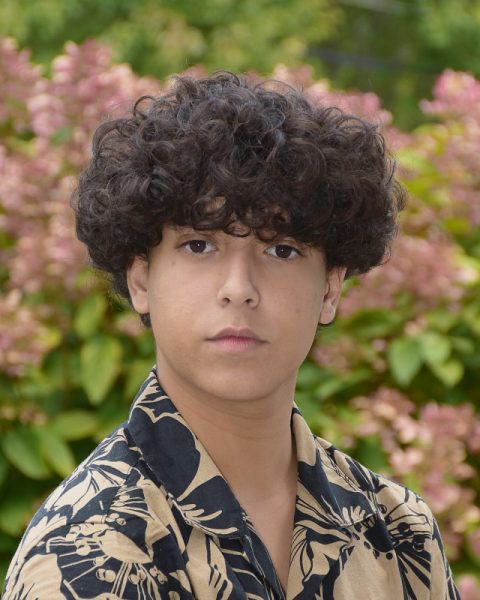Op-Ed: Left-Leaning Academia Limits Free Thought
April 3, 2020
Young people are continually learning and exploring, trying to figure out who they are, what they believe, and what they think is right. Unfortunately, our generation is heavily inundated with liberal-leaning viewpoints, making it difficult for us to discern our own minds.
Different jobs attract different people from different backgrounds. This leads to occupations where people tend to be more liberal or conservative. While some employers try to create workplaces with a diverse set of opinions, it can be a hard task, and occasionally, entire fields will lean one way or the other.
According to The Washington Post, which cites data from Verdant Labs—a website that uses data from the Federal Election Commission—the most liberal fields of work are social and environmental, film and stage, editorial, libraries, mental health, and academic. The most conservative-leaning fields include fossil fuels, farming and forestry, surgical practices, insurance, construction, and dentistry.Teachers should remove their personal beliefs from instruction, or teach multiple sides of a given controversial topic.
Looking at this data, it is easy to see the control that left-leaning fields have over the general public, especially younger generations. Of the six liberal fields listed above, three of them—film and stage, editorial, and academic—control mainstream political discussions and forums.
Of the six Republican fields, not one of them is in direct contact with young generations or has a platform available to easily share ideas. Additionally, the fields that have relationships with clients—surgical practices, insurance, construction, and dentistry—do not often cater to discussing politics.
Another Washington Post article deemed teaching the “most liberal job in America.” But what does this mean for teachers? For students? And most importantly, for future generations?
Across the nation, many conservative students feel like they are looked down upon by liberal peers or teachers, stifling a free and open exchange of ideas. For example, if conservative students don’t agree with a teacher, who is likely left-leaning, they may say, “I feel alienated from the discussion and uncomfortable expressing their ideas openly.”
Additionally, right-leaning pundits often point out that many lessons taught in school are liberal-leaning, completely ignoring the other side. Dennis Prager, a syndicated political radio host and writer, says, “It’s not all about what students are being taught though. It’s about what they’re not being taught.”
In a YouTube video titled “Why Isn’t Communism as Hated as Nazism?” Prager addresses some of these issues.
Prager poses an interesting question, as scholars widely estimate that over 100 million people died under the rule of communist governments. Yet, in academic circles, communism is almost never considered as heinous as fascism.
This disconnect appears on higher education and high school campuses alike, where students begin to develop opinions and beliefs. To alleviate bias in the classroom, teachers should remove their personal beliefs from instruction, or teach multiple sides of a given controversial topic.
Along these lines, an award-winning columnist for Greater Good Magazine, Jill Suttie also recommends that teachers work to increase empathy and mindfulness. After a 2016 racial incident at UC Berkeley, in which a teacher assumed that black students were lost and in the wrong classroom, Suttie wrote, “becoming more aware of our biases can help us improve our interactions with others, decrease our sense of unease in interracial contexts, and make better decisions.”
In response to whether a teacher’s opinion should be shared, Diana E. Hess and Paula McAvoy, authors of The Political Classroom: Evidence and Ethics in Democratic Education, say, “what’s most important is that teachers create a culture of fairness in the classroom. That means being fair and reasonable to all the competing views that are in the classroom and that are being represented in the public.”
While there is no concrete answer to what schools should do about the ratio of right and left-leaning teachers, if educators are able to put personal biases aside—especially when discussing controversial topics—students will be better able to form their own opinions, which is profoundly important.























































